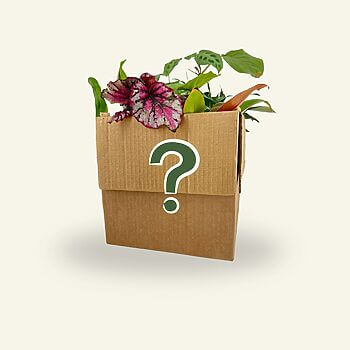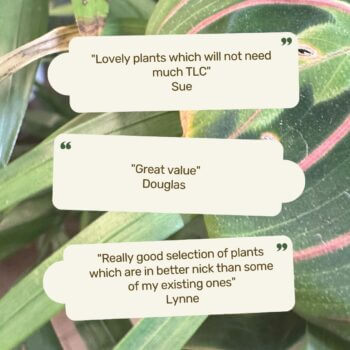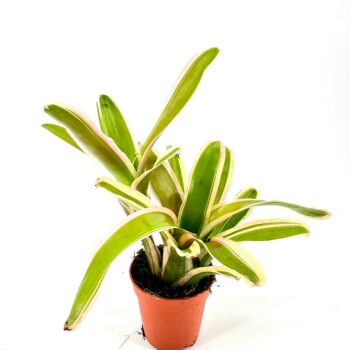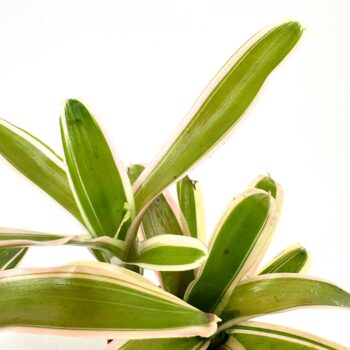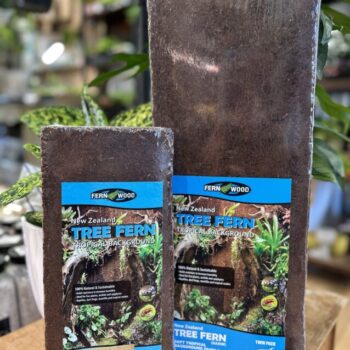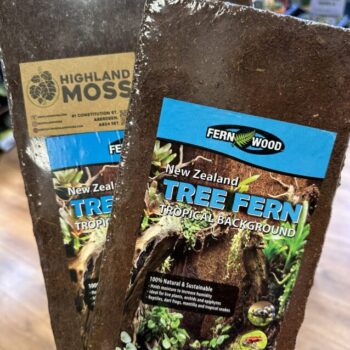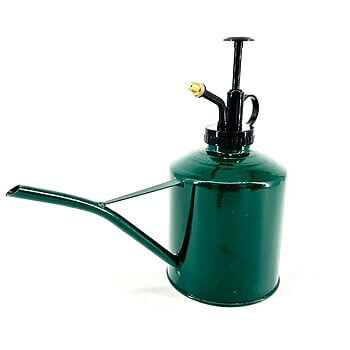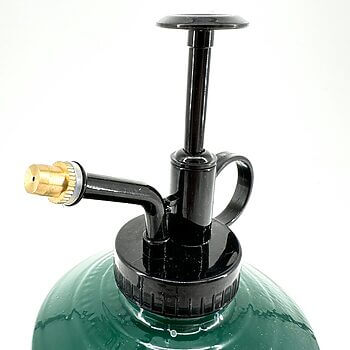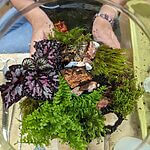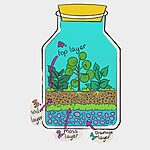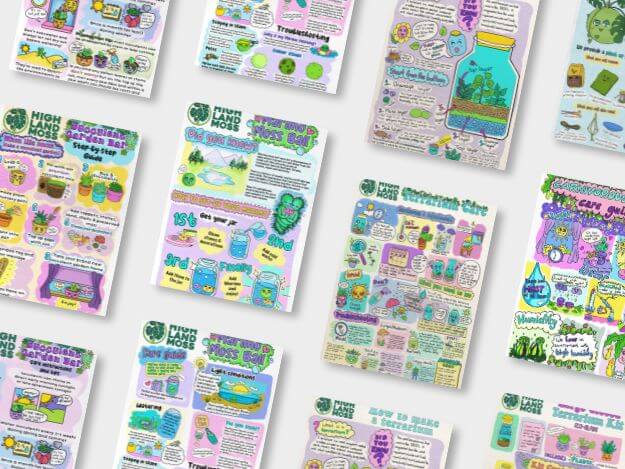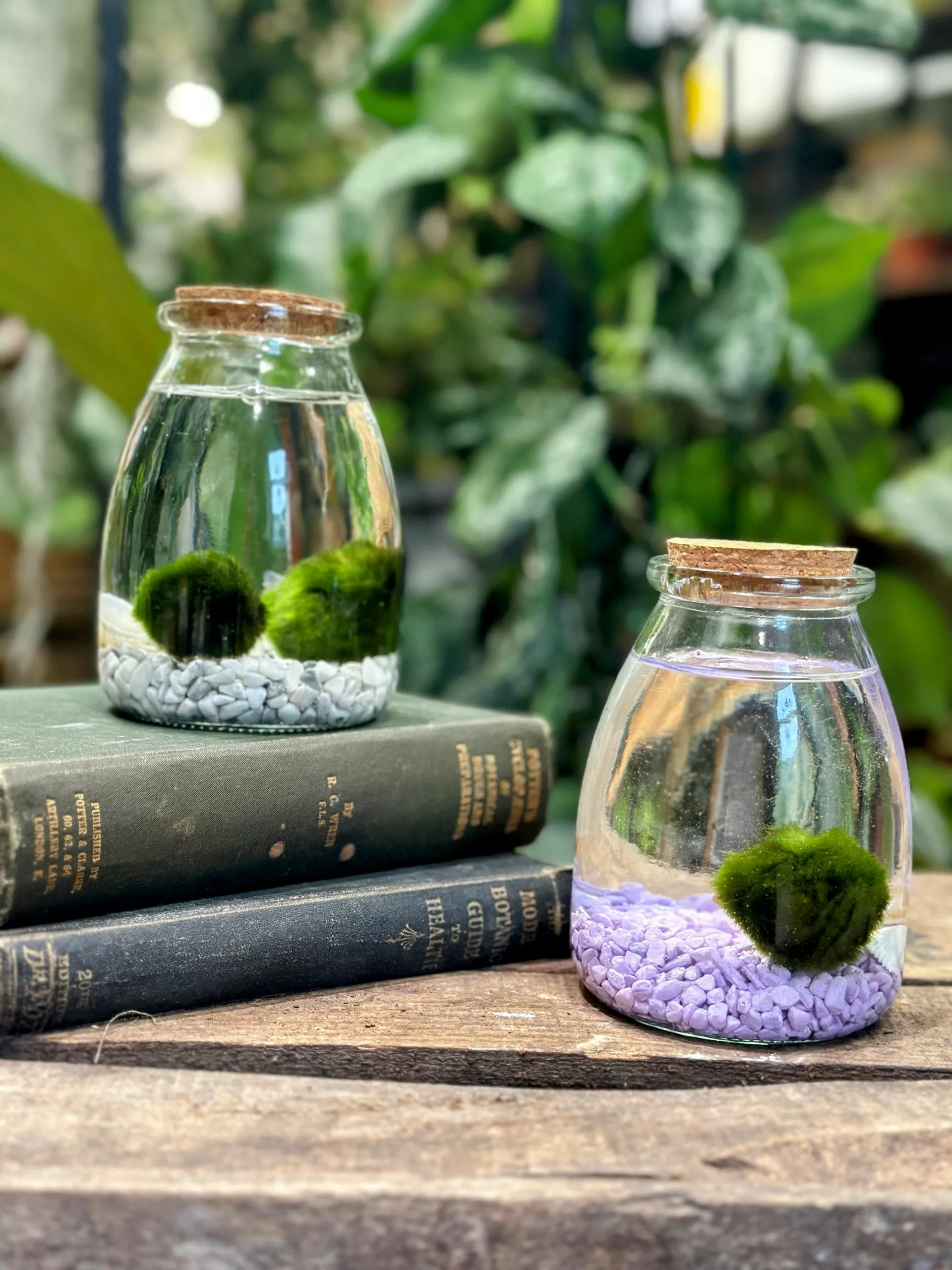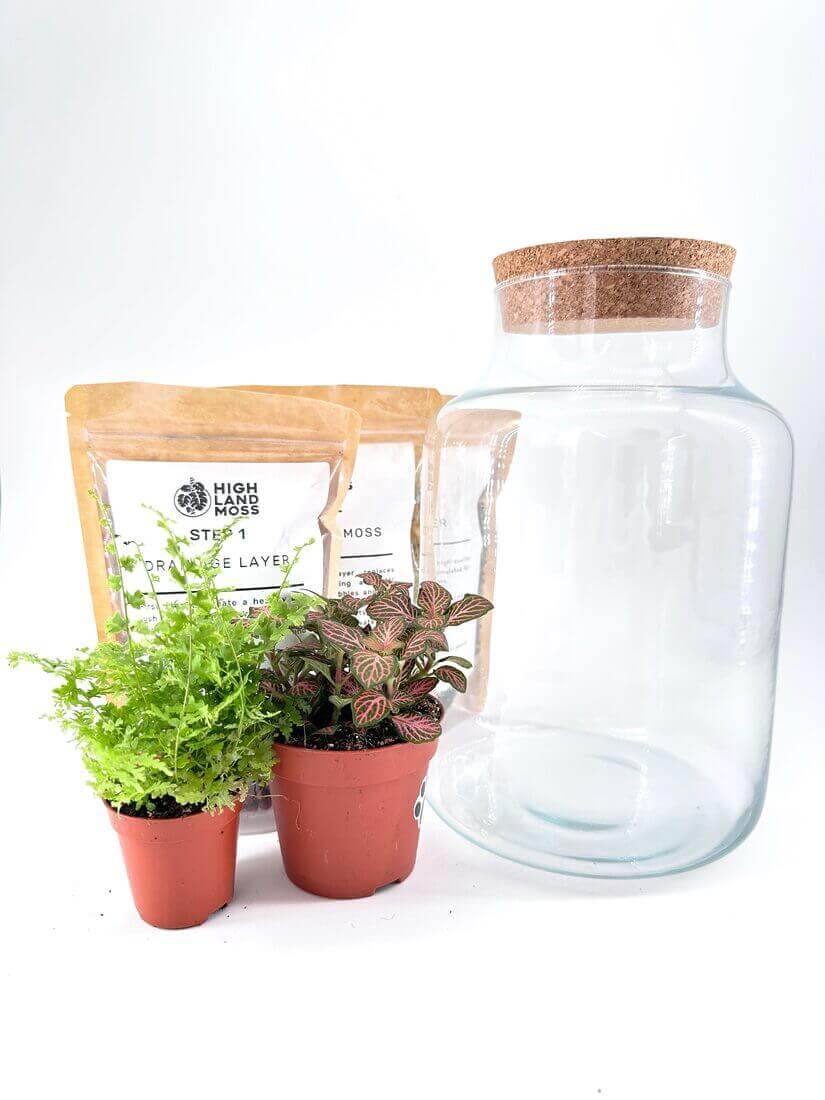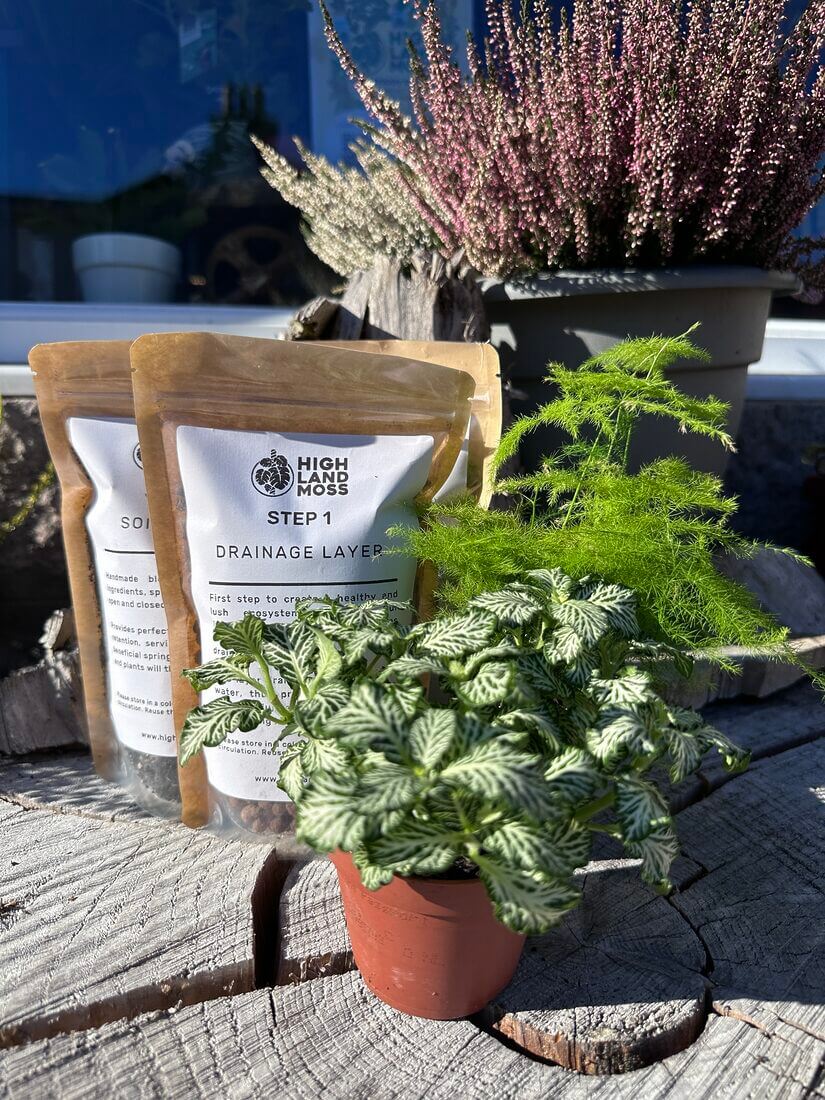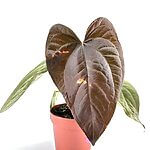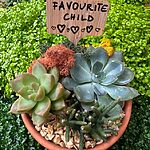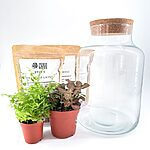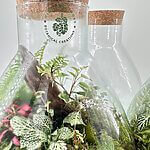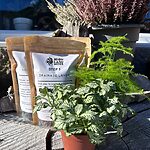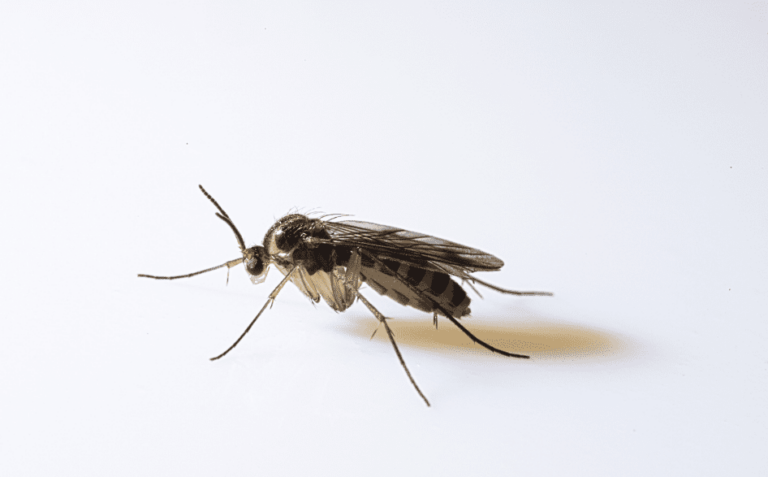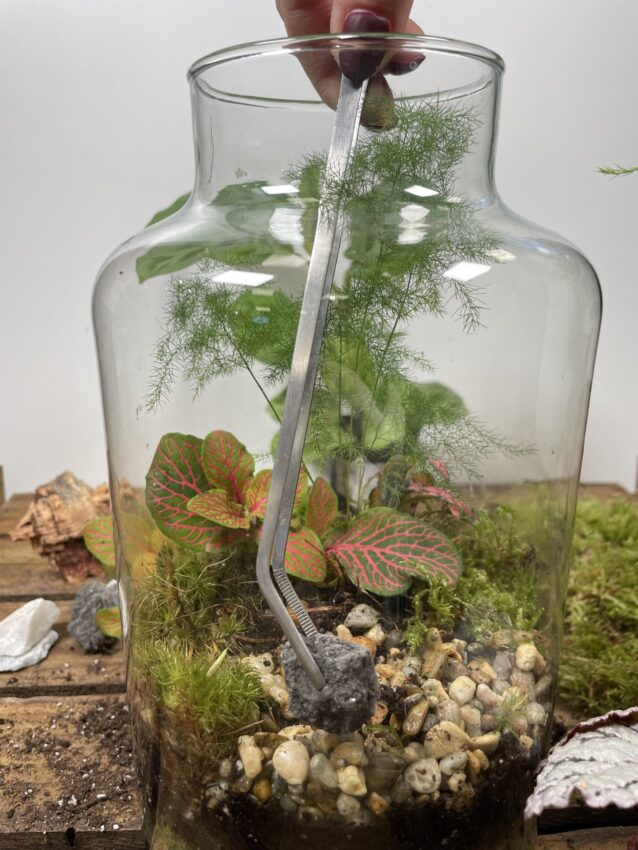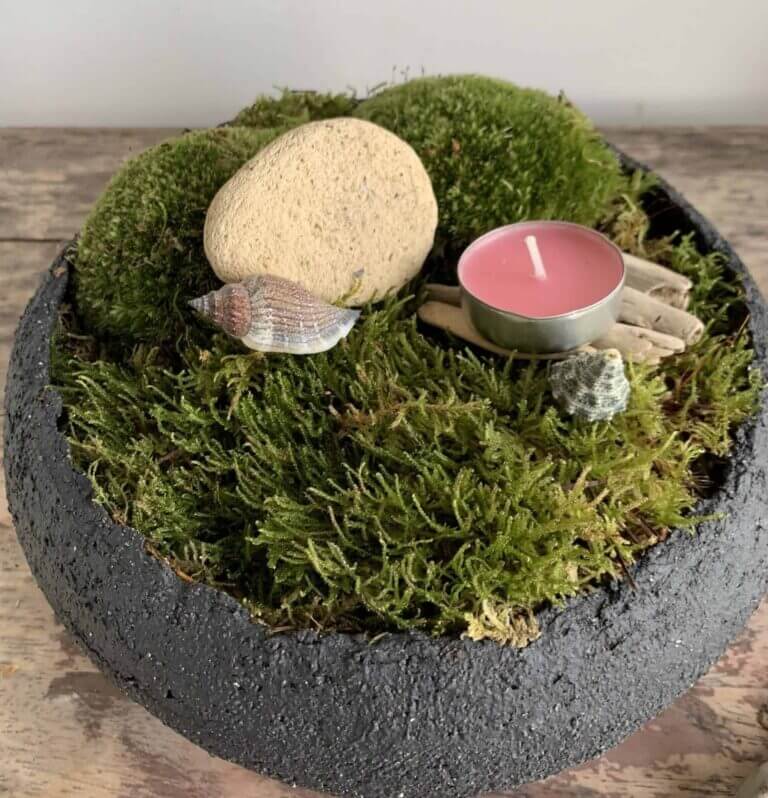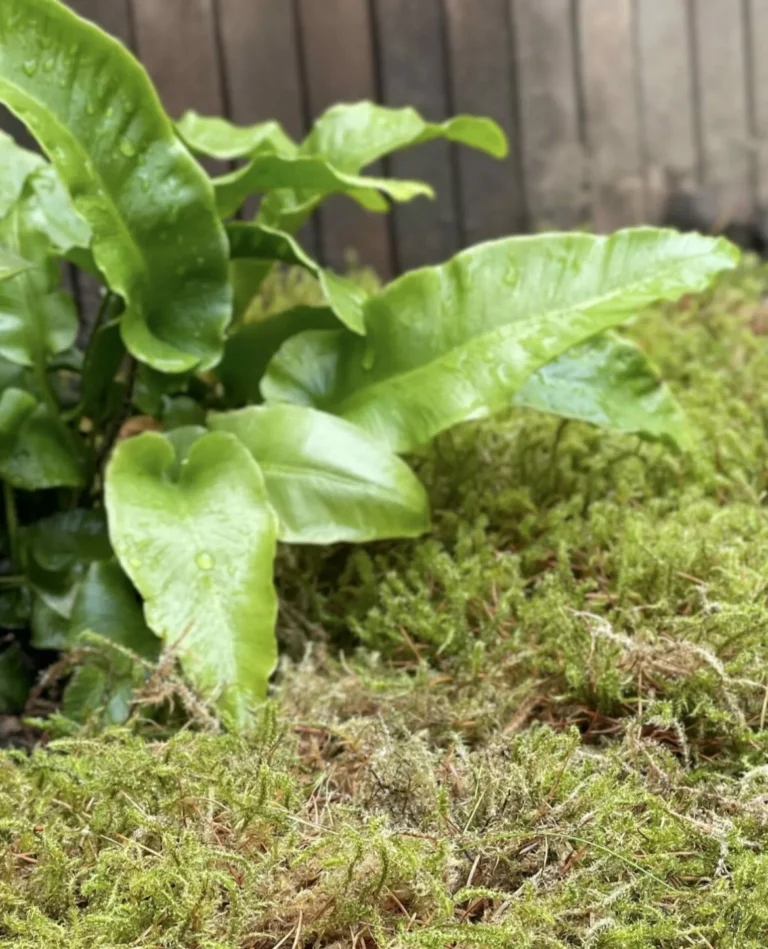Do you want to learn a cost-effective, simple, and natural way to get rid of fungus gnats? Check out the article below to discover how to eliminate and prevent a fungus gnat infestation without using harmful pesticides.
What are Fungus Gnats?
Fungus gnats are tiny, black, long-legged flying insects that feed on the roots and stems of your plants and in case of heavy infestation cause significant damage to their health and growth. They belong to the family Sciaridae and are commonly found in damp environments, such as greenhouses and around indoor plant collections. These pests are particularly attracted to plants that are overwatered or grown in poorly draining soils, as the moist soil conditions provide ideal habitats for laying eggs and the development of their larvae.
Fungus gnats can cause serious damage to plants, especially young plants. Their larvae feed on the roots of the plants which can cause root rot and stop growth and impact the health of the plant. In severe infestations, fungus gnats can cause significant harm to plants, leading to yellowing leaves, and even death.
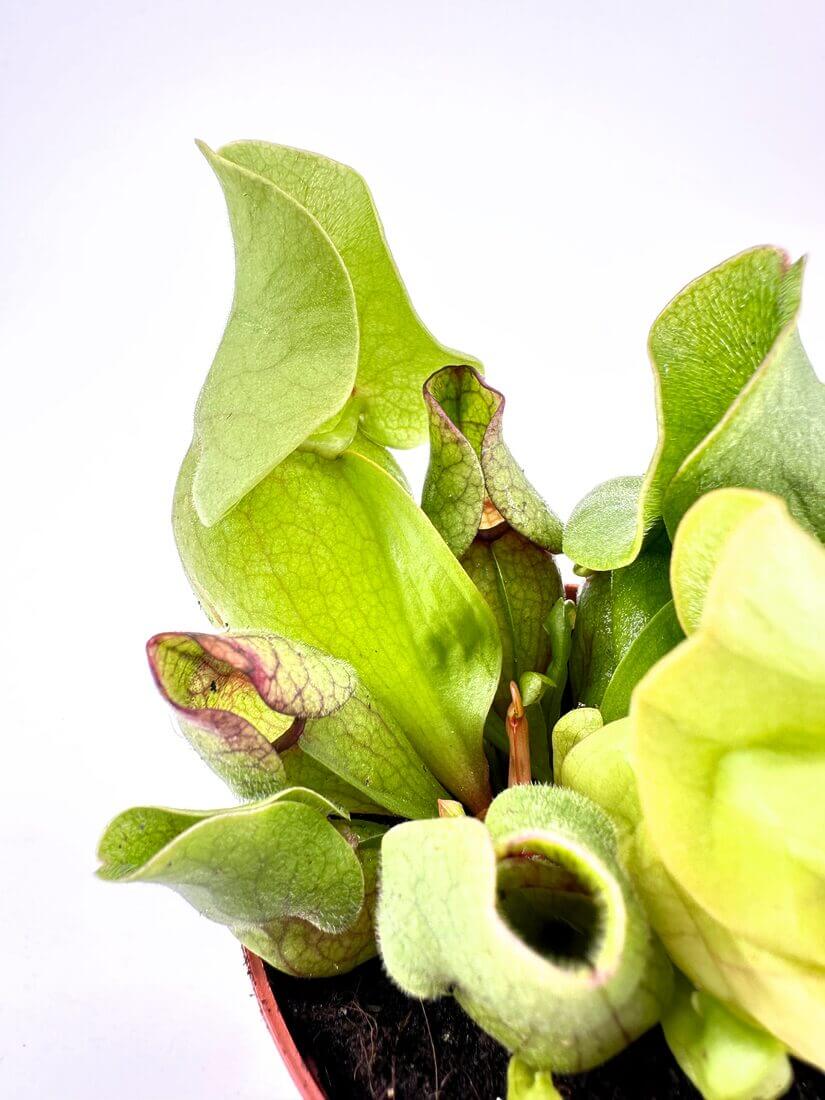
What is a carnivorous plant?
Carnivorous plants have a unique ability to capture and digest insects and other small prey, making them a popular and fascinating choice for plant enthusiasts.
Carnivorous plants are plants that derive some or most of their nutrients from trapping and eating animals, usually insects and other small prey. These plants have evolved to survive in nutrient-poor environments, such as bogs and swamps, by developing specialized traps to capture and digest insects. The traps of these plants typically consist of modified leaves or stem that are modified to form sticky or digestive surfaces that can hold and dissolve their prey.
Two of the most well-known and our favourite species are Drosera and Pinguicola, both of which belong to the carnivorous bog plant family. and are true serial fungus gnat killers!

Art of the trap
Carnivorous plants can capture insects using a combination of traps and secretions. For example, Drosera uses sticky tentacle-like leaves to ensnare its prey, while Pinguicola lures insects in with a combination of sweet nectar and sticky leaves. Once an insect is captured, the plant digests it with the help of enzymes and absorption.

How carnivorous plants can help control fungus gnats
Carnivorous plants are an effective and natural solution for eliminating fungus gnat issues that can occur in houseplant collections. Using carnivorous plants instead of pesticides is a safer and healthier option for both humans and plants, as well as beneficial insects that play a crucial role in maintaining a healthy ecosystem.
Using carnivorous plants to prevent fungus gnats has many benefits. Those plants are natural, chemical-free, and eco-friendly as well safe for your pets like cats or dogs solutions for controlling pests in the garden. Additionally, carnivorous plants can also provide attractive and unique additions to your indoor jungle, adding both beauty and functionality to your plant’s collection.
Get your own carnivorous plant here
The best spot for carnivorous plants
Place your carnivorous plants near areas where you can see a lot of fungus gnats flying around. For example on the top of the soil of your large monstera plant infected with fungus gnats or between your collection of smaller plants which like moist soil and are an excellent location for fungus gnats to lay eggs and thrive. You can also consider creating a bog bowl, the easiest way to keep your fungus gnat killer happy!
Make your own bog bowl
Creating a carnivorous plants bog bowl is a great way to display plants, not only for its aesthetic appeal but also for its practical benefits. A bog bowl is essentially a miniature version of a bog, a type of wetland that perfectly mimics the natural environment of carnivorous plants and allows them to thrive. By recreating the wetland in a container, you can ensure that your carnivorous plants have the proper growing conditions to maintain their health and vitality.
Benefits of a carnivorous bog bowl
What you need to make a bog bowl
Are you interested in creating your own carnivorous plant bog garden at home? You’ll need a selection of carnivorous plants, carnivorous potting mix, clay pebbles, sphagnum moss (pink or classic green/brown), cushion or sheet moss.
To complete the look, choose a suitable container and add decorative elements such as wood, stones, crystals, or anything else you like.
Join the Community
Join us for a captivating carnivorous plant bog bowl workshop, where you’ll learn everything you need to know about these fascinating plants from an expert instructor. You’ll discover how to create your own beautiful bog bowl, as well as receive valuable tips and tricks for taking care of your carnivorous plants. Immerse yourself in a supportive and inspiring community of plant lovers and connect with like-minded individuals. And, at the end of the workshop, you’ll be able to take your stunning bog bowl home with you. Don’t miss this exciting opportunity to unleash your creativity and make new connections. Book your spot today!
Looking For More Knowledge
If you’re looking for more information on how to care for your plants, be sure to check out our other articles on plant care. We have articles on a wide range of topics, including how to treat common pests, how to choose the right soil and fertilizers, and how to propagate your plants. Our articles are packed with useful tips and information that can help you get the most out of your plants. Whether you’re a serial plant killer, a beginner or have your own lush jungle, there’s something for everyone. So take a look and see what you can learn!

Results of our 2025 Customer Survey
What You Told Us: Key Takeaways from the Highland Moss Customer Survey At Highland Moss, we’re all about growing. That includes our plants, our community, and the way we do things. So earlier this year, we asked you to take part in a short survey…

How to Save a Dying Indoor Plant: Step-by-Step Rescue Guide
Step-by-Step Rescue Guide Not every plant starts its life in the best conditions Many houseplants from supermarkets or garden centres suffer from poor care long before reaching your home. Some are cold-damaged from sitting by shop doors, others may be overwatered by staff without proper…

Free Plant Pots at Highland Moss – Sustainable Project
Take a Pot, Leave a Pot: Eco-Friendly Plant Pot Reuse Scheme in Aberdeen, Scotland Free Plant Pots at Highland Moss At Highland Moss in Aberdeen, we’ve launched a simple and sustainable initiative to help reduce plastic waste while supporting our local plant community. Our Take…




